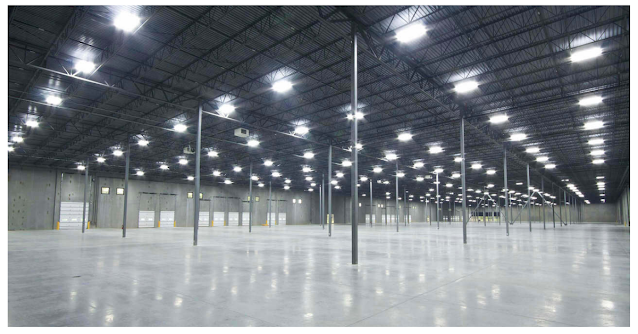It’s difficult to know how many lumens you’ll need for your parking lot lights. If you set it too low, your parking lot will appear to be gloomy and dangerous. And, if you set it too high, it can look like a runway for your local airport.
What are lumens?
In the past, watts were commonly used to assess conventional bulbs. However, watts are used to quantify energy use rather than light output. And, with LED, wattage isn’t as crucial as it formerly was. Instead, modern technology will list brightness as the number of lumens it produces.
Wikipedia explains lumens as, “The lumen can be thought of casually as a measure of the total amount of visible light in some defined beam or angle, or emitted from some source.”
To be precise, brightness is measured in lumens. And lumens are a unit of measurement for how much light a bulb produces. A higher lumen count indicates a brighter light, while a lower lumen count indicates a dimmer light. Watts, on the other hand, do not. Watts aren’t useless, but they represent energy use rather than brightness. Thanks to new, energy-efficient LED technology; we can no longer rely on wattage to describe how bright a bulb is.
How many lumens do you need for a parking lot?
If using LED pole lights, on each pole, it’s usually proposed to have 2 LED parking lot light heads with 20,000 lumens each, poles spaced about 15-20 feet apart. And, that’s for typical illumination.If you want your place to have more illumination, get brighter lights and make the pole higher. For example, you may space the poles about 30-40 feet apart and 2 LED parking lot light heads with 30,000 or 40,000 lumens each.






No comments:
Post a Comment